Search results for 'de la'
-
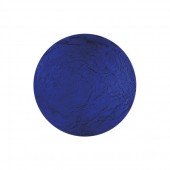
Blue Verditer Pigment
Starting at: £7.50
-
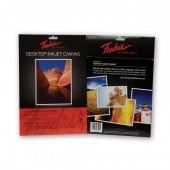
Fredrix Inkjet Canvas Pack
Starting at: £16.90
Call to Order
-
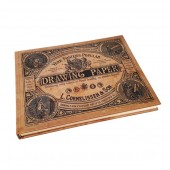
Hardback Book of Drawing Paper
£25.00 -
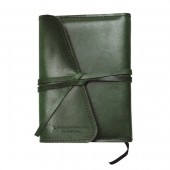
Leather Marco Polo Sketching Pad
Starting at: £66.45
-
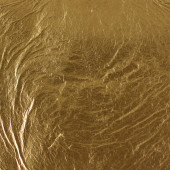
Japanese Gold 23ct
Starting at: £55.00
-
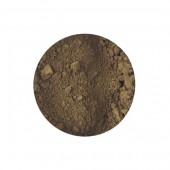
Burnt Umber Pigment
Starting at: £4.00
-
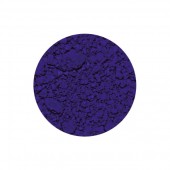
Ultramarine Blue Limewash Pigment
Starting at: £6.30
-
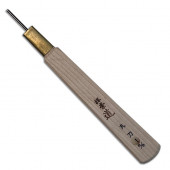
Komasuki 1mm (U Shape)
£31.00 -
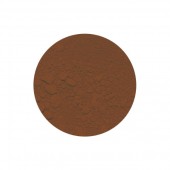
Cadmium Brown Pigment
Starting at: £10.00
-
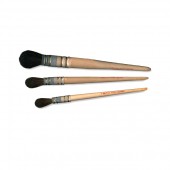
Cornelissen Squirrel Mop
Starting at: £21.40
-
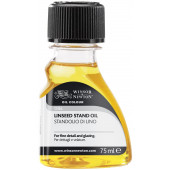
Winsor & Newton Stand Linseed Oil
Starting at: £9.20
-
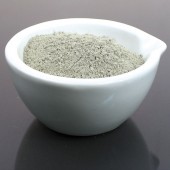
Fullers Earth
Starting at: £6.30
-
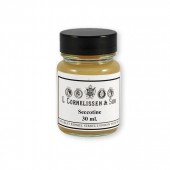
Seccotine 30 ml
£8.50 -
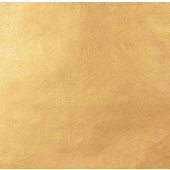
Gold Leaf Starter Packs
Starting at: £14.50
-
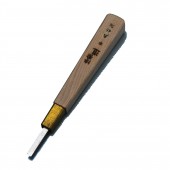
Aisuki 4.5mm (Chisel Shape)
£28.00
-
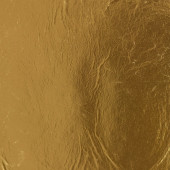
Japanese Gold 24ct
Starting at: £71.00
-
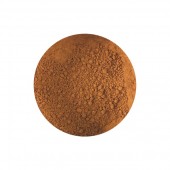
Burnt Sienna Pigment
Starting at: £4.00
-
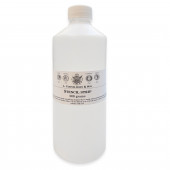
Stencil Strip 500ml
£10.00 -
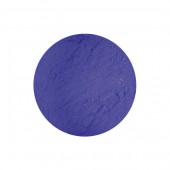
Smalt Dark Pigment
Starting at: £5.30
-
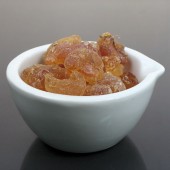
Gum Arabic
Starting at: £6.30
-
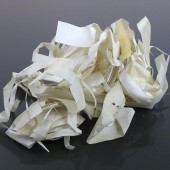
Parchment Clippings
Starting at: £9.90
-
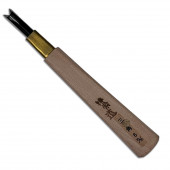
Sankaku-toh 6mm (V Shape)
£36.00 -
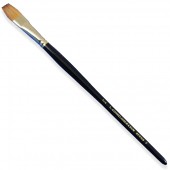
Cornelissen Series 2 Kolinsky Sable
Starting at: £35.80
-
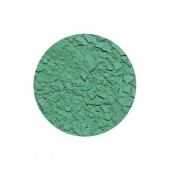
Cobalt Green Light Pigment
Starting at: £8.70
-
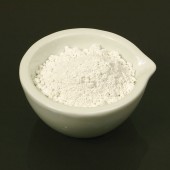
Gypsum
Starting at: £5.70
-
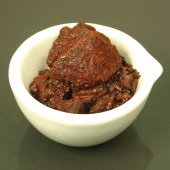
Dragon's Blood Pieces
Starting at: £25.40
-
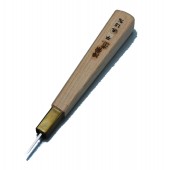
Aisuki 1.5mm (Chisel Shape)
£28.00 -
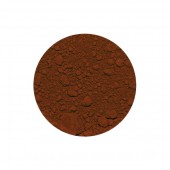
Red Ochre Pigment
Starting at: £4.00
-
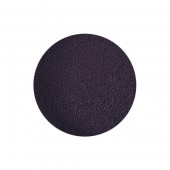
Indigo Blue Genuine Pigment
Starting at: £8.00
-
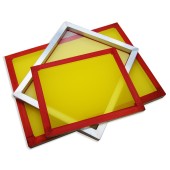
Aluminium Ready Stretched Screen
Starting at: £39.00




